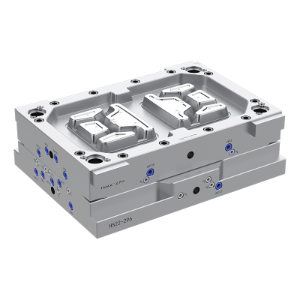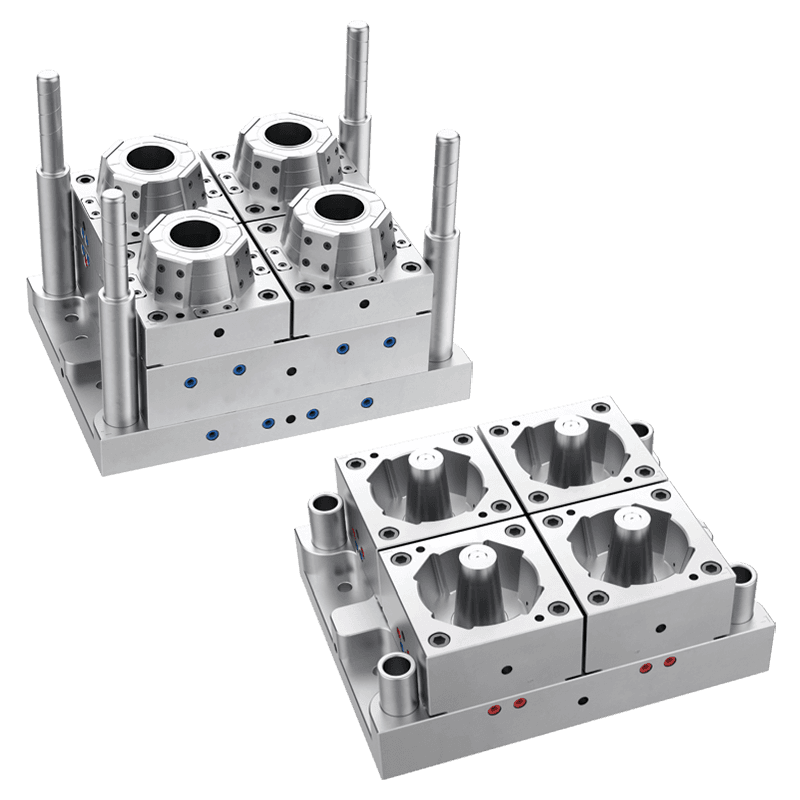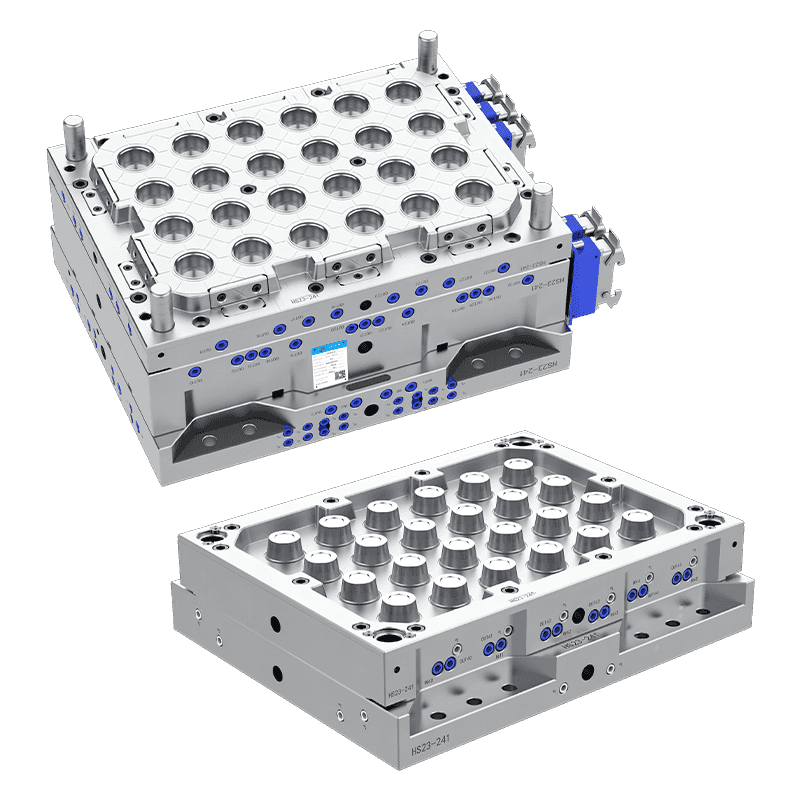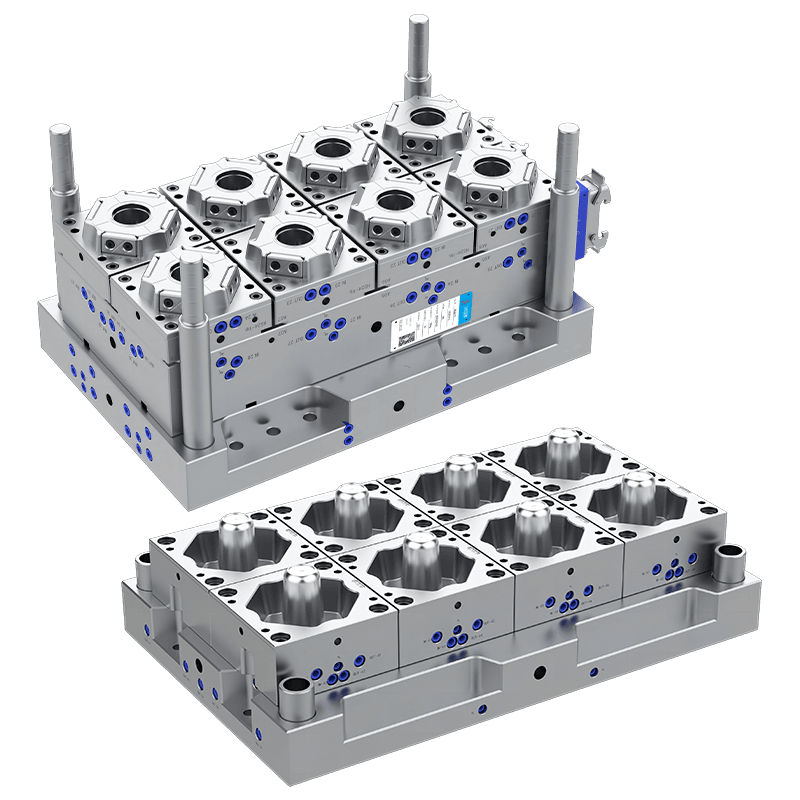Lunch Box Mold: Evolution and Advancements Over Time
Lunch boxes are everyday items in millions of households, schools, and workplaces around the world. They serve as a convenient means of storing and transporting food while maintaining its freshness. Behind the production of these essential containers is the lunch box mold, a crucial component in the manufacturing process. Over the years, the design and functionality of lunch box molds have evolved significantly, driven by advancements in materials, manufacturing technologies, and changing consumer preferences.

In the early days of lunch box manufacturing, molds were relatively simple and basic. Initially, lunch boxes were made from materials like metal (such as tin and aluminum), which were shaped using traditional molding methods like casting or pressing. These early molds were large, heavy, and prone to wear over time. The designs were often quite rudimentary, focusing primarily on creating functional containers that could hold food securely.
While these early lunch boxes were sturdy, they were also relatively heavy and prone to corrosion, particularly when exposed to moisture. Moreover, these molds were expensive to produce and required regular maintenance, which limited their efficiency in high-volume production runs.
The simplicity of these early molds and the materials used resulted in lunch boxes with limited aesthetic appeal and functionality. However, the basic purpose of the lunch box—to carry food—remained unchanged, even as manufacturing methods improved.
As plastic materials began to emerge in the mid-20th century, lunch box molds saw a dramatic transformation. Plastic offered several advantages over metals, including lighter weight, greater flexibility, and lower cost. The introduction of injection molding and blow molding technologies in the 1960s allowed manufacturers to produce lunch boxes more efficiently and in larger volumes.
In the early days of plastic lunch box molds, designs were still relatively basic, with manufacturers focusing primarily on functionality over aesthetics. The molds used were often made of steel or aluminum, which could withstand the high pressures involved in plastic injection molding. However, these molds were still fairly simple, focusing on creating solid containers that could securely store food.
Plastic lunch boxes also offered the benefit of being easier to clean and more durable compared to their metal counterparts, making them more appealing to consumers. The ability to produce lunch boxes in various colors and designs opened up new possibilities for customization, and plastic molds began to take on more complex shapes and features.
As demand for plastic lunch boxes grew, manufacturers began investing in more sophisticated molding technologies. The use of rotational molding and thermoforming became more common, allowing for the creation of lunch boxes with multiple compartments, specialized lids, and other innovative features.
Injection Molding: In injection molding, molten plastic is injected into a mold under high pressure. This process allows for precise control over the final shape of the lunch box. As a result, manufacturers could produce more intricate designs, such as lunch boxes with internal dividers or snap-lock lids that kept food secure.
Rotational Molding: This process involves rotating the mold as the material is heated, creating a more uniform wall thickness. It allowed for the production of more rigid and stronger lunch boxes, which were still lightweight and highly durable.
Thermoforming: This technique involves heating a sheet of plastic and forming it over a mold. Thermoforming allowed for the creation of lunch boxes with smoother surfaces and more intricate designs, making them both practical and aesthetically pleasing.
With these advancements, lunch box molds became capable of producing containers that were both functional and visually appealing. Molds were designed with features such as ergonomic handles, lockable clasps, and ventilation holes for enhanced food preservation.
Contact Us
Email: [email protected]; Or fill out the contact form below.

 English
English 中文简体
中文简体 русский
русский Español
Español Français
Français




